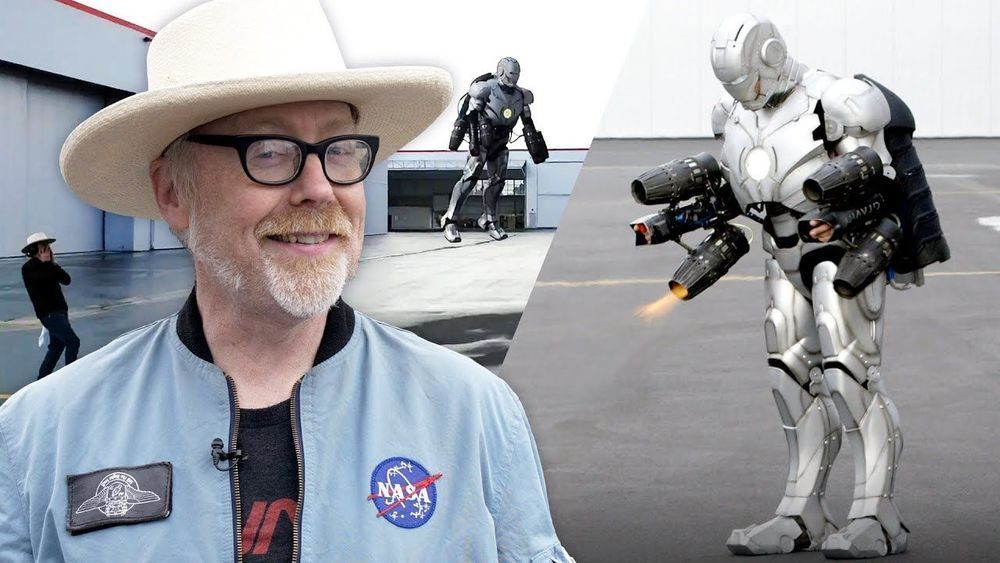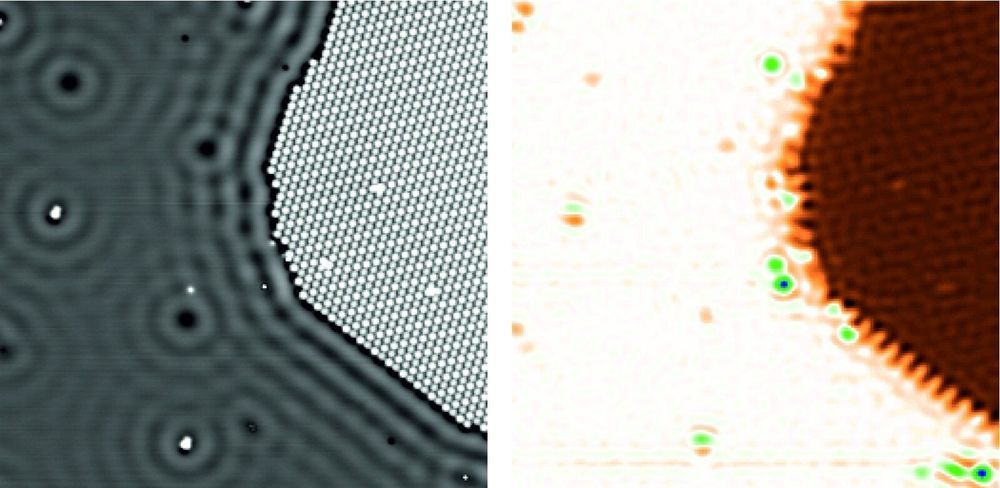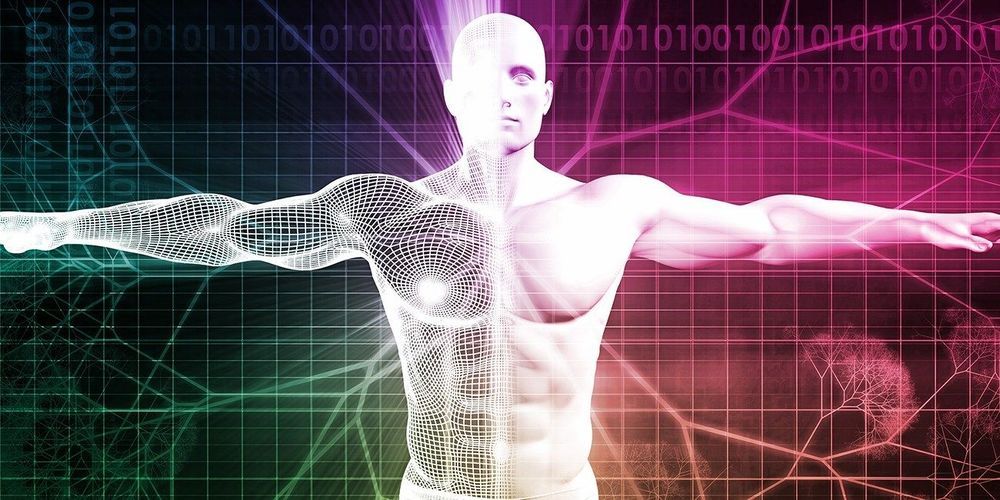Page 9038
Jun 17, 2019
Adam Savage Made Real Life Flying Iron Man Armor
Posted by Quinn Sena in categories: 3D printing, cyborgs, military, weapons

Adam Savage has made bullet-proof Iron Man Armor using 3D printed titanium and a flying jet suit from Gravity.
It is more precisely a real-life Titanium Man (comic book enemy of Iron Man).
Continue reading “Adam Savage Made Real Life Flying Iron Man Armor” »
Jun 17, 2019
Guy Spends 6 Months Recreating A Van Gogh Painting Using Plants In A 1.2-Acre Field
Posted by Quinn Sena in category: futurism
Can you imagine seeing a Van Gogh painting sitting right off the freeway on your morning commute or aerial ride? One field in Eagan, Minnesota got exactly this when the 67-year-old artist, Stan Herd, transformed it into Van Gogh’s 1889 “Olive Trees.” Herd has been doing similar types of artworks or ‘earthworks’ since 1981. “I realized in my late 20’s that to create my monumental earthworks, beyond the design and actual creation of the work, I had to develop skills in public relations, communications, media relations, logistics, and fund raising,” said Herd on his website. His most recent project took.

Launched in 1962, the Floating Instrument Platform (FLIP) can sink itself on purpose and withstand heavy seas in a vertical position.
Jun 17, 2019
New quantum dot microscope shows electric potentials of individual atoms
Posted by Quinn Sena in categories: computing, nanotechnology, particle physics, quantum physics
A team of researchers from Jülich in cooperation with the University of Magdeburg has developed a new method to measure the electric potentials of a sample at atomic accuracy. Using conventional methods, it was virtually impossible until now to quantitatively record the electric potentials that occur in the immediate vicinity of individual molecules or atoms. The new scanning quantum dot microscopy method, which was recently presented in the journal Nature Materials by scientists from Forschungszentrum Jülich together with partners from two other institutions, could open up new opportunities for chip manufacture or the characterization of biomolecules such as DNA.
The positive atomic nuclei and negative electrons of which all matter consists produce electric potential fields that superpose and compensate each other, even over very short distances. Conventional methods do not permit quantitative measurements of these small-area fields, which are responsible for many material properties and functions on the nanoscale. Almost all established methods capable of imaging such potentials are based on the measurement of forces that are caused by electric charges. Yet these forces are difficult to distinguish from other forces that occur on the nanoscale, which prevents quantitative measurements.
Four years ago, however, scientists from Forschungszentrum Jülich discovered a method based on a completely different principle. Scanning quantum dot microscopy involves attaching a single organic molecule—the quantum dot—to the tip of an atomic force microscope. This molecule then serves as a probe. “The molecule is so small that we can attach individual electrons from the tip of the atomic force microscope to the molecule in a controlled manner,” explains Dr. Christian Wagner, head of the Controlled Mechanical Manipulation of Molecules group at Jülich’s Peter Grünberg Institute (PGI-3).
Jun 17, 2019
Volvo Trucks’ cabin-less self-driving hauler takes on its first job
Posted by Quinn Sena in categories: robotics/AI, transportation

https://youtube.com/watch?v=CMREUiQZSIs
What would trucks look like if they didn’t need to accommodate a human driver? Volvo Trucks’ Vera vehicle is an exploration of this idea, doing away with the cabin entirely so it can more efficiently tow goods around ports and factories. The freewheeling four-wheeler has just been assigned its first task, and will soon go to work delivering containers to a port terminal in Sweden.
Jun 17, 2019
Scientists Have Found Evidence a Strange Group of Quantum Particles Are Basically Immortal
Posted by Quinn Sena in categories: life extension, particle physics, quantum physics, space
Nothing lasts forever. Humans, planets, stars, galaxies, maybe even the Universe itself, everything has an expiration date. But things in the quantum realm don’t always follow the rules. Now, scientists have found that quasiparticles in quantum systems could be effectively immortal.
That doesn’t mean they don’t decay, which is reassuring. But once these quasiparticles have decayed, they are able to reorganise themselves back into existence, possibly ad infinitum.
This seemingly flies right in the face of the second law of thermodynamics, which asserts that entropy in an isolated system can only move in an increasing direction: things can only break down, not build back up again.
Jun 17, 2019
This One New Piece of Technology Might Make Submarines Completely Obsolete
Posted by Quinn Sena in category: futurism
Jun 17, 2019
Anti-aging — Telomerase
Posted by Quinn Sena in categories: biotech/medical, life extension
Aging is one of the world’s greatest health problems. And subsequently, is the cause of most fatal diseases. Age-related processes are inevitable and cause a range of diseases. It is much more efficient and effective to tackle the aging itself rather than each disease it causes.
At the end of every chromosome are telomere caps which degrade as we age. This causes a number of issues. For example:














